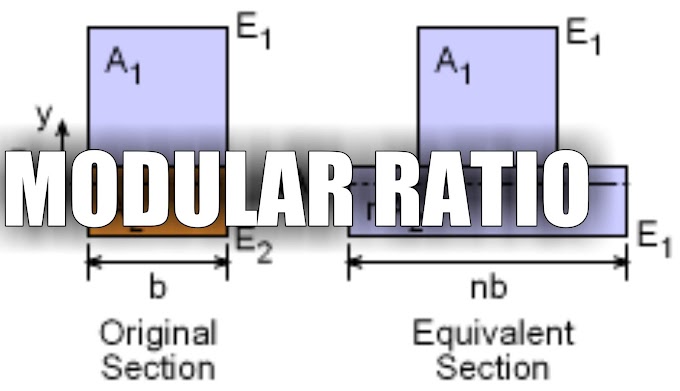When a drain comes on the path of a canal the structures built to accommodate the flow at the intersection are called cross drainage works. These can be of following types;
TYPE I
CD works carrying the canal over the natural drain.Aqueduct
It is constructed to carry a canal over a natural drain. It is adopted where the bed of the canal is well above the H.F.L of the drain. In the case of an aqueduct the drains flow under atmospheric pressure.
Syphon aqueduct
It is constructed where the water surface level of the drain at high flood is higher than the canal bed. The bed of the drains depressed and provided with pucca floor The drain flows under pressure.
Uplift pressure occurs on the underside of the trough (or the barrel) i.e. on the bottom of the structure which is crossing over the natural drain:
- The max. uplift pressure occurs on the underside of the trough at the upstream end of the barrel.
- The uplift pressure would be max. when the highest flood is passing in the drain and when there is no water in the trough at that time.
TYPE II
CD works carrying the natural drain over the canal.Super passage
It is constructed to carry natural drain over the canal where the bed of the drain is well above the canal F.S.L.
Syphon
It is constructed where the F.S.L of the canal is higher than the bed of the drain. The max. uplift pressure on the underside of the drain bed occurs when there is no water flowing in the drain and the water table has risen up to drain bed.
TYPE III
CD works admitting the drain water into the canal.
Level crossing
It is provided when the beds of the canal and the drain are at the same level.
Inlet and Outlet
Inlet is provided in a canal bank to admit drain water into the canal. The outlet allows the admitted drain water to discharge out from the canal.





0 Comments